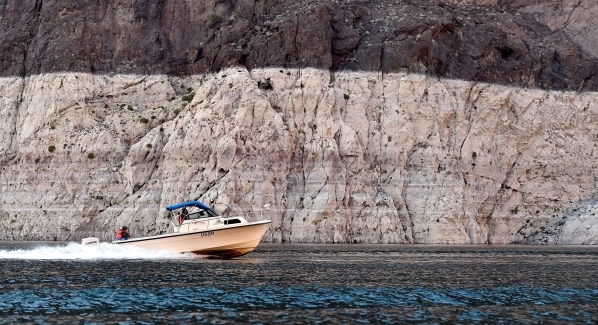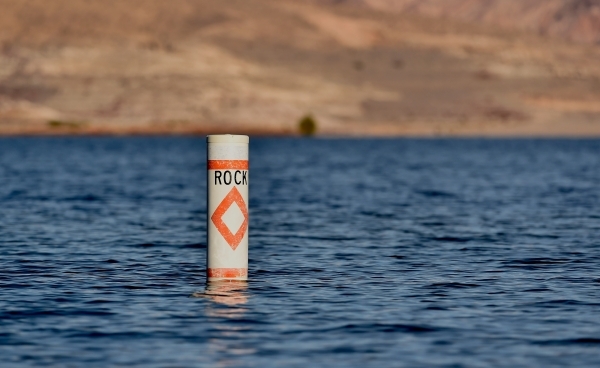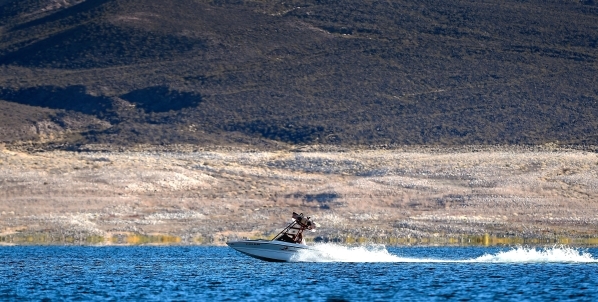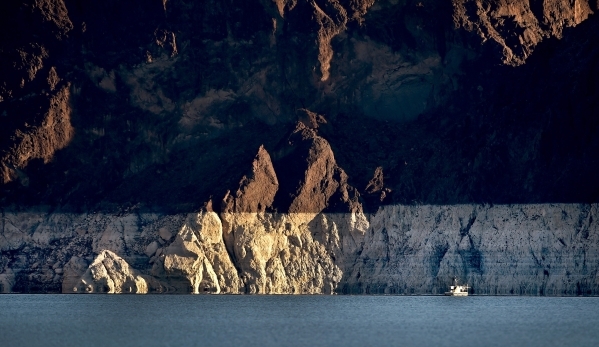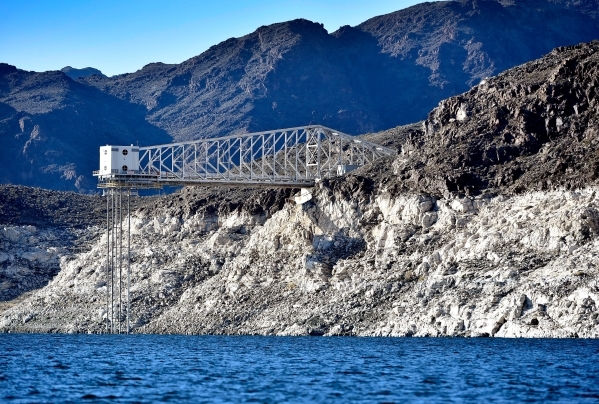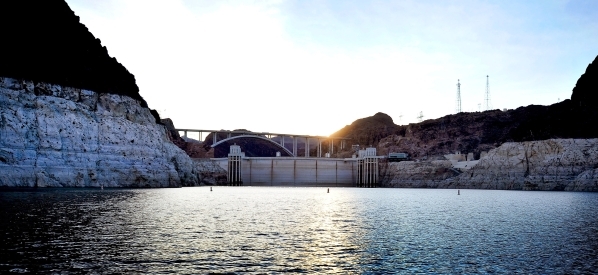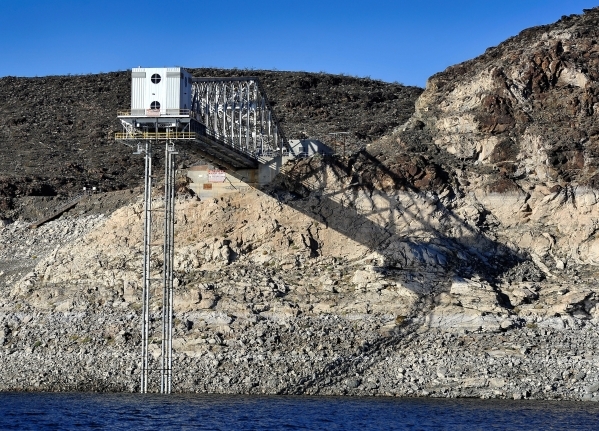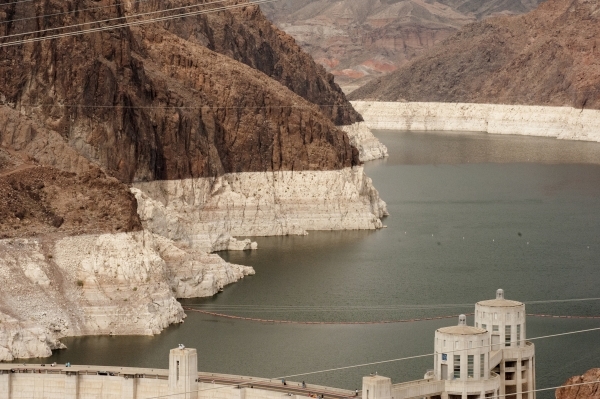Here’s what El Nino’s storms meant for Lake Mead’s water levels
Even one of the strongest El Ninos on record can't seem to dent the drought on the Colorado River.
The Pacific Ocean climate pattern that typically soaks the Southwest has so far only managed to produce an average year on the river that supplies 90 percent of the Las Vegas Valley's water supply.
The latest federal projections released Friday call for the Colorado to carry about 94 percent of its average flow during the all-important April-July time frame, when snowmelt in the western Rockies collects in Lake Powell on the Utah-Arizona border.
But forecasters insist there's plenty of time for the snowpack to grow and the river's outlook to improve.
"We've still got two more months of (snow) accumulation," said Randy Julander, a Utah-based snow survey supervisor for the the U.S. Department of Agriculture's National Water and Climate Center. "We're fairly optimistic."
Already, Julander said, the powerful El Nino pattern that developed in the eastern Pacific last year has contributed to wet conditions and above-average snow accumulation in the southern mountain ranges of Utah and Colorado and in California's Sierra Nevada.
"Those states are in pretty doggone good shape," he said.
Much of Nevada also has seen precipitation at or above average levels so far this winter, and more appears to be in store.
"El Nino has peaked and is heading down, but it's still relatively strong," Julander said.
A few more rounds of heavy, wet snow or rain in the right places between now and April could push the forecast for the Colorado River above the 30-year average, he said, though even a normal year would be welcome.
The past 15 years of punishing drought on the river have lowered expectations, even among forecasters. What once drew a shrug is now cause for celebration.
"The last four years have been exceptionally dry in the Colorado River basin, so having an average year is going to put a smile on everyone's faces," Julander said.
Even "average" isn't what it used to be.
Since drought hit the region in 2000, the 30-year average flow on the famously fickle river has dropped by 1 million acre-feet. That's enough water to supply the entire Las Vegas Valley for four years.
The Bureau of Reclamation's latest forecast calls for Lake Mead to continue to shrink in fits and starts over the next two years, with new record lows projected for May and June of this year and April, May and June of next year.
Despite the overall decline, bureau forecasters still expect the water level in Lake Mead to stay just above the line at just the right time in 2017 and 2018 to avoid a first-ever federal shortage declaration and force Nevada and Arizona to cut back on how much water they pull from the Colorado.
The surface of the nation's largest man-made reservoir is now 130 feet lower than it was in February 2000.
The Las Vegas Valley draws all but about 10 percent of its water supply from Lake Mead, and most of the community's treated wastewater is returned to the reservoir to be used again.
— Contact Henry Brean at hbrean@reviewjournal.com or 702-383-0350. Follow him: @RefriedBrean



